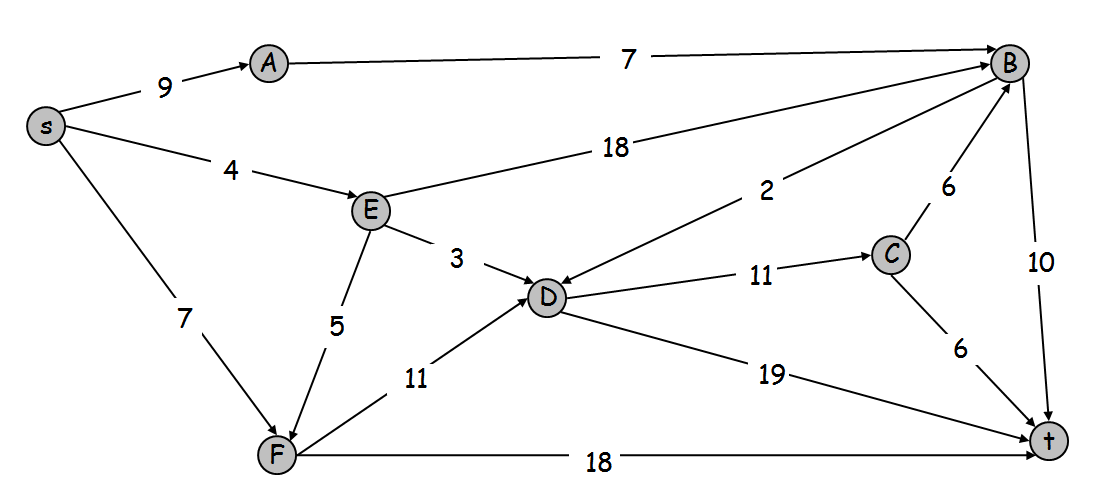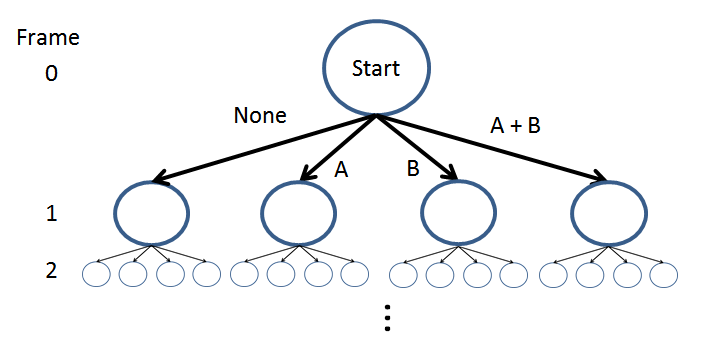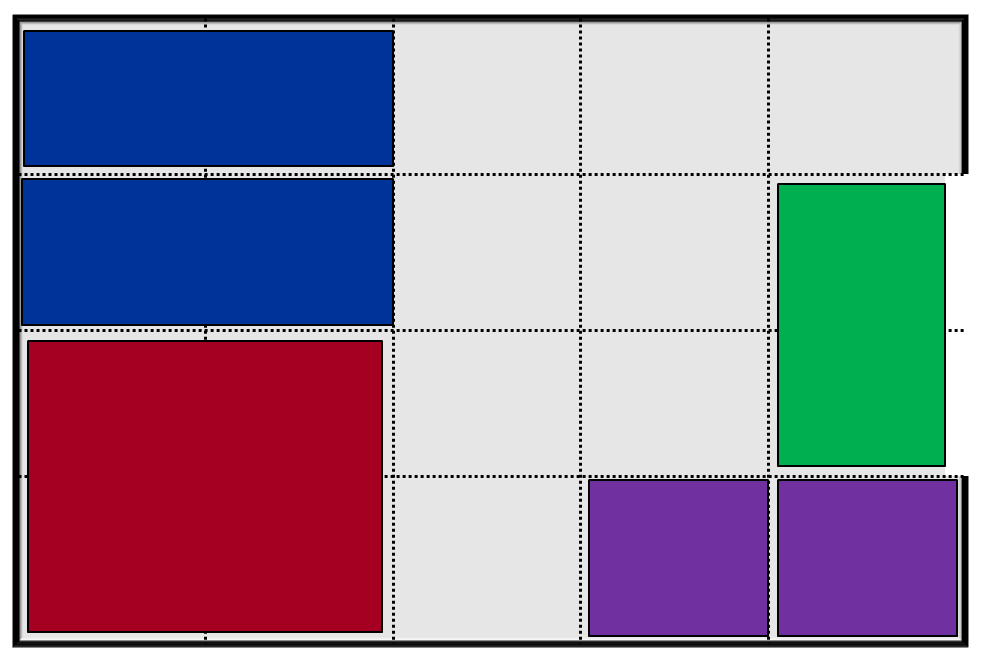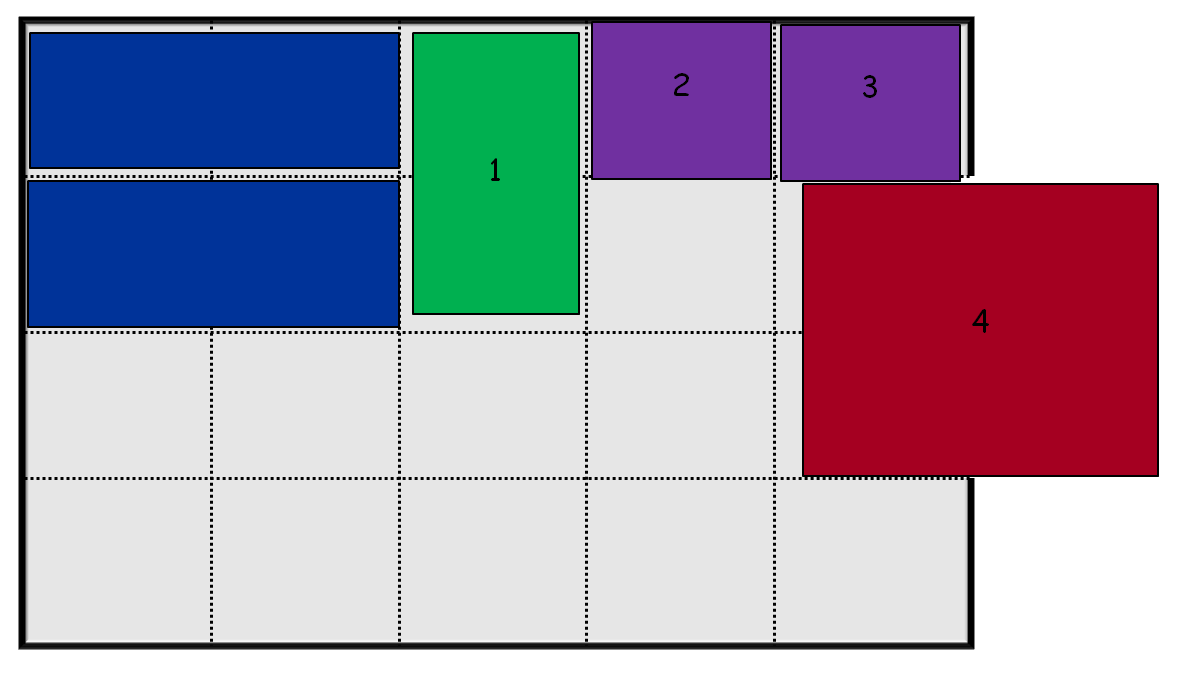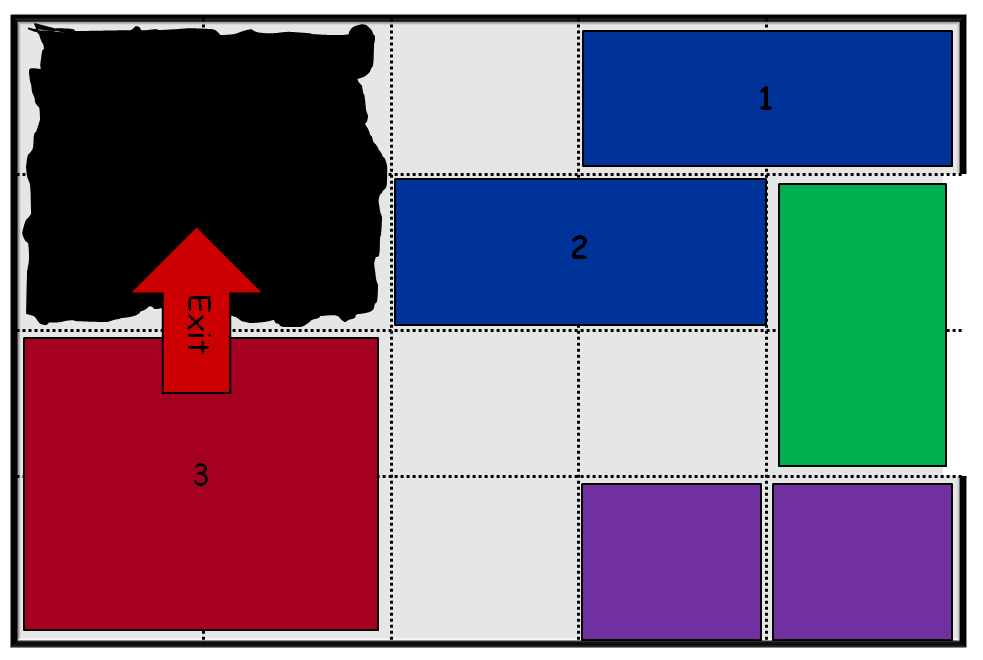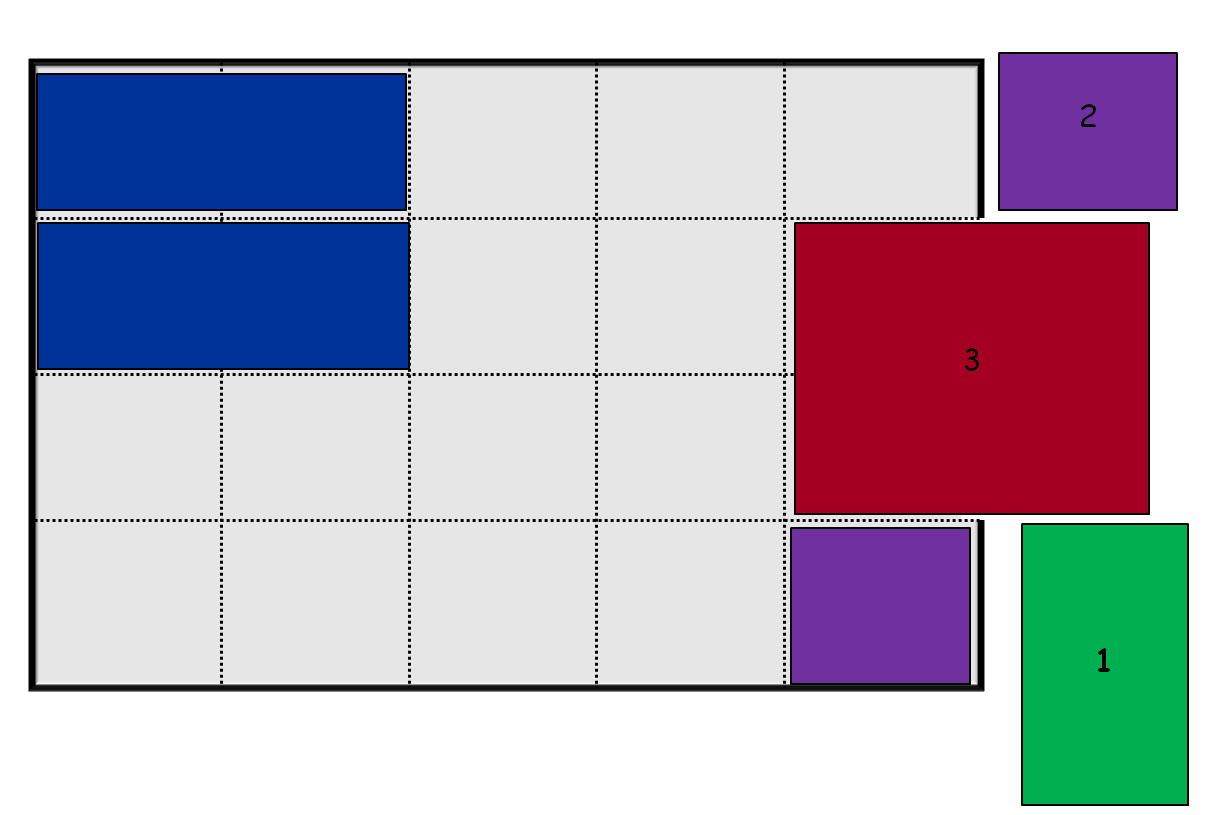What is a speedrun?
From SDA Knowledge Base
Contents
Introduction
Whether people realize it or not, there is an ongoing debate about what it means to "speedrun" a game. This is most evident through comments on media articles detailing events or significant records, where a chorus of voices are willing to cry foul or otherwise about the runs at hand due to use of glitches or otherwise. Regardless of the state of speedrunning or how many categories exist for a given game, arguments for or against typically go in circles because it is a battle of subjective opionions versus subjective opinions. This article attempts to take an objective and scientifically-focused approach to describing what a speedrun is and to justify why runners play the way they do.
Optimization Problems
To borrow from wikipedia a bit:
"In mathematics and computer science, an optimization problem is the problem of finding the best solution from all feasible solutions. Optimization problems can be divided into two categories depending on whether the variables are continuous or discrete. An optimization problem with discrete variables is known as a combinatorial optimization problem. In a combinatorial optimization problem, we are looking for an object such as an integer, permutation or graph from a finite (or possibly countable infinite) set."
In other words, given a set of available tools, one attempts to construct the best solution. "Best" in this sense depends on the goal at hand. For example, consider a network of connected nodes called a graph. Given a starting and ending location, one can find an arbitrary path between the start and end. If the goal is to get from the start to the end while covering the shortest distance, then you optimize according to the length of the path. Thus this is called the "shortest path problem". See if you can find the shortest path from s to t in the example below.
Real problems are rarely so simple, however. Consider other types of optimization problems, for example optimizing structural strength of a building, or maximizing the horsepower of an engine. These situations are more about resource management or proper planning, but the end goal is to still try to maximize (or minimize, as the case may be) some effect with respect to available options.
Speedrunning and Optimization
Speedruns are all about optimization. Finding a faster way to accomplish goals, a better route, a more efficient method of movement: all are part of the approach in achieving a good speed run. But how does this play into my earlier description of optimization problems? Games are hardly so simple as to be described as a graph or network, right?
Not exactly. Let's peel back what it means to play a game for a bit. Video games, at their core, are just computer programs. When a human plays a game, they are feeding instructions to the program to act on. We perceive this as a continuous interaction where our inputs from a controller instantly affect game operation. In reality however, the program works in stepped increments and only checks whether you are providing inputs at the beginning of each step. This rate is typically about 60 Hz (or 50 Hz for older PAL systems) so that the program's video output rate can match the refresh rate of the display device. A single step is referred to as a "frame" in both the technical and speedrunning sense.
This means that during a single second of gameplay, you can provide 60 sets of input to the program and influence its processing. This means that whether you're holding every button or no buttons, the game is continuing to process 60 sets of input each second. This is where we can start to draw a connection between playing a game and a graph. Consider a special type of graph called a tree, where an initial node connects to many subsequent nodes that represent changes in state due to differences in input.
Let's set this up in an example. Let's say you're playing a game with only two buttons, A and B. In each frame, you can press nothing, press A, press B, or press A and B. This gives a total of 4 transition possibilities, so you could move into one of four different states in the next frame. From each of those states you can move into 4 other states, and so on. This turns into a very big space very quickly. In just a single second, 4^60 possible paths are created. To put that in perspective, it would take the fastest supercomputer in the world at least 700 billion years to search every path and find the best one. And that's only if it can be completed within a second; what about if it takes several minutes to reach the end? The growth rate is even faster as you add more buttons and directions.
Completing a speedrun is not quite that complex since playing games is not a blind process; we have an idea of where the end is and what we need to do to get there. This trims a huge portion of the search space; we know better than to keep walking into a wall, for example. While the search space has been reduced, it still is quite large, however. Factor in the limits of human reflexes and you have a search space that will probably never be truly conquered without tool assistance. At the core, this is what a speedrun is: an attempt to optimize the path through a game by completing it in the fewest frames possible. I will hold on to this definition and refer back to it a few times in the remaining sections.
Constraints
Something I have avoided bringing up in the prior sections is any mention of additional constraints on the given goal. Constraints always exist, but there is a distinct difference between implicit and explicit constraints. Implicit constraints are limitations imposed by the medium itself. My goal of reaching the top of a skyscraper as quickly as possible is limited by the fact that gravity prevents me from flying and I am hindered by my body's limited supply of stamina. These are examples of implicit constraints: limitations imposed upon your actions by the medium itself.
Explicit constraints are instead limitations imposed by the player to fulfill secondary goals. Secondary goals are exactly that: goals separate from the main goal that have some inherent worth in completing. For example, imagine that you're shopping for a new TV. The primary goal is to get a screen as big as possible. This is simple enough: choose the biggest screen. A secondary goal, however, is to not spend more than you have budgeted. In this situation you may have to pass on the biggest screen and instead settle on a smaller one that is within your budget. This is an explicit constraint because nothing is necessarily stopping you from buying the largest TV available (you can take out a loan if need be), but it makes sense to not spend everything you have to achieve the primary goal.
In the context of speedrunning, implicit constraints are imposed by the game environment. You can't start the game with full power-ups because that's just not how it's programmed. Falling in a pit will kill you. Those are the "rules" of the game, so to speak. Explicit constraints describe optional objectives, which are better translated into "categories" of speedruns. These include 100%, glitchless, low%, and any other applicable category for a game. Categories exist when the case without limitations (referred to in general as "any%") is uninteresting or effectively solved, or where there is significant incentive to achieve the secondary goal.
Glitches and You
One point of controversy that comes up again and again is the utilization of glitches in speedruns. Many viewers have an expectation that speedruns clear the game using only the tools intentionally given by the developers. This is an explicit constraint on the run brought on by an internal perception of the game. This by itself is not inherently wrong or incorrect, but it is based on an attachment to the game. Speedruns in the unconstrained case are separated from this in that the game itself is no longer regarded as a game, but is instead the medium. The "game" then becomes the optimization problem, while the medium is just a set of implicit constraints. In this sense, there is no such thing as a glitch, provided that nothing external to the medium impacts it.
In the case that explicit constraints prevent the use of glitches, there are still a few points to clarify. First of all, it is quite difficult to objectively classify what is and is not a glitch. A glitch or bug in the technical sense is when a program achieves an unexpected state as a result of programming errors. A glitch is fairly apparent when a calculator program fails to calculate 2 + 2 correctly, but is not as clear when mapped to a complex program such as a game. In some cases it may not be apparent what the original intention for a function was. A famous example is the original Street Fighter 2, in which consecutive hits were not meant to connect but in some specific cases could be chained together. This was not the original intention according to the developers, but it formed the basis for the "combo" systems seen in every fighting game since.
I will try to illustrate these points a little better through some examples. In the situations below I have set up a Klotski board. The overall goal of Klotski is to move the Red Block out of the board by moving the other blocks. Any block can move in any direction so long as the spaces are empty. No two blocks can occupy the same tile at the same time. Blocks cannot pass through the perimeter wall, and only two tiles of the wall are open as the puzzle Exit. Can you solve this board? Turn it into an optimization problem: what's the fewest moves you can complete the board in?
This problem seems straightforward. There's only a small number of blocks to move in order to complete the puzzle, and it can be done in relatively few turns. However, there is more than meets the eye. Consider that you find a hole beneath the two blocks in the top left. This hole is big enough to fit the Red Block, thus allowing it to exit the board. Using the hole accomplishes the optimization goal of removing the Red Block from the board in fewer turns than possible otherwise.
In the above case, it's obvious that the programmer made a mistake when setting up the board, never programming a "floor" to this particular section. This "new Exit" is different from the intended exit, but going through it still achieves the end goal of leaving the board. But what differentiates a glitch and an oversight? Consider this new board in which the hole has been patched. Given all of the implicit constraints, there are some parts that are not clearly defined. For example, why can't you move some blocks out of the Exit and then have the Red Block follow?
In this case, there is nothing fundamentally wrong with the board. All of the implicit constraints are applied, and none are broken or circumvented. However, nothing in the implicit constraints forbids other blocks from moving through the Exit. This would be a case of a programmer oversight, but there is no fault or problem in the code. This can still be labeled as a glitch, but in reality many of these oversights exist throughout normal play of games. Whether the players realize it or not is a different matter. This is what makes it difficult to declare "glitchless" as a blanket category when the distinction between a "glitch" and a "trick" is not immediately clear.
Regardless of the classification of a particular technique, the end point is that it is possible within the implicit constraints of the game. Individual techniques can be prohibited through explicit constraints, but there are no inherent issues with using them. Many people have an aversion to glitches because they see it as something that goes against the spirit of the game. The "spirit" of the game is in the end subjective; it doesn't mean the same thing from person to person. "Playing the game as it's meant to be played" also changes the optimization goal to maximize for enjoyment, which has no objective measure and is specific to an individual's experience. Thus, in the context of speedruns as an optimization goal for least frames, there is no distinction between glitches and normal play unless called out in the explicit constraints. A glitch occurs as just another transition of state, regardless of what a player may see on the screen.
Cheating
Cheating is something that means something different depending on who you ask. At a very high level, we are biased against anything that gives an unfair advantage for the sake of consistency or fun. But what does it mean to have an "unfair advantage?" Unfair describes something as being unequal in a competitive space. Players have an expectation that competitive games are contests of skill, and additional content that surpasses or suppresses skill gets called out as cheating. Cheating is thus disallowed from competitive matches unless explicitly agreed on by the players. But what does it mean in the context of a single-player speedrun, where there is no opponent?
Prior examples speak only to games as a progression of state based on user inputs. If that were completely true, speedruns would often make use of cheat codes to shorten the run in various ways that would not be possible otherwise. Is this fair from a purely technical sense? It sure is. Cheat features were added to the game for a variety of reasons, and if the focus is to reach the ending as quickly as possible with absolutely no restrictions, cheat codes would get used in any way that helps to achieve a faster run. From the point of view of the player though, this can trivialize the run. If the run is not interesting or challenging, there is little satisfaction that can come from completing it.
Another argument can be made to how cheat codes influence the implicit constraints of a game, and thus change the medium of the run to something unequal. This is identical to the situation with cheat devices (Action Replay, Game Genie, etc). The original game may have one-hit deaths, but a cheat applied to the same game may prevent deaths altogether. In this sense it can be regarded as an entirely different game in that the "rules" have changed.
So are cheats inherently bad? Not necessarily; it just changes the medium for the run. Consider cheat codes that instead make games more challenging. One example is Bucky O'Hare on NES, which had a cheat code to enable the hardest difficulty. This mode was intended as an anti-piracy measure and was considered to be impossible to complete. The additional challenge provides a different sort of run than the stock game, and thus the code is used for speedruns. This situation can also apply to other types of cheats such as unlimited resources or extra abilities, but only makes a compelling speedrun when it adds some intrinsic value over the stock runs.
Miscellany
This section describes some odds-and-ends topics in the context of the prior sections. I will try to keep the conclusions and discussion focused around objective points, but these sections in particular may have elements sourced from subjective reasoning. I am also stepping outside of my field to talk about some other aspects, but I will try to make any statements as accurate as possible.
Entertainment and Challenges
One way or another, we play games to be entertained. What it means to "be entertained" varies from person to person however; some people enjoy the thrill of working with/against a friend, others look for an immersive experience that takes them to another world. No matter what a person enjoys about games, the end point is to surpass challenges. Progressing through games gives us a sense of accomplishment, presented to our brain in the form of adrenaline and endorphins. Simply put, you feel good when you beat a boss or complete a puzzle. This encourages us to do more and continue progress to keep getting this feeling.
I will refer to this generically as the challenge of a game. By surpassing obstacles, we get positive feedback from our brains. The amount of feedback is proportional to the difficulty of the challenge. Thus we tend to go after the hardest challenges that can be reasonably completed. Reasonable in this sense means that it can be completed without excessive frustration; that is, the efforts that go into completing the challenge must be justified by the rewards. This varies by person and challenge; one person may value the reward for a particular challenge much higher than another person.
This concept has a couple impacts on speedrunning. First consider the concept of diminishing returns. If you replay a game you have already completed, do you get the same rush as the first time you completed it? Not exactly. Since you have completed all of the game's various challenges before, you know that you can complete them again and thus the reward is smaller. This changes if you apply changes to the game, for example raising the difficulty or trying some different gameplay options; anything to make it feel "fresh." One such way is to change the goal, for example trying to complete the challenges in an efficient manner.
Second, consider the difference between types of challenges. Playing a competitive game against a friend is continually rewarding because both of you evolve your play as you continue bouts, thus making it a dynamic challenge. Figuring out a difficult puzzle on the other hand is a static challenge; the puzzle can't change, and thus the solution ceases to be rewarding on subsequent solves. Most games can be considered as some variety of static challenge. The events can be experienced in myriad ways, but the number of solutions are often limited. Consider instead an opportunity to turn a game into a dynamic challenge. Speedrunning a game essentially turns it into a dynamic experience since there is no immediate solution, but there are an effectively unlimited number of outcomes. Unlike my competitive example, the goal isn't to best your friend, but instead is to drive your own time lower and lower. Achieving lower times again and again continues to reward since the challenge itself evolves as you get better. This reward may not be large for everybody, but you can bet it is for speedrunners.
Categories Galore
Tool-Assisted Speedruns
Conclusion & Final Words
Hopefully this made sense.
